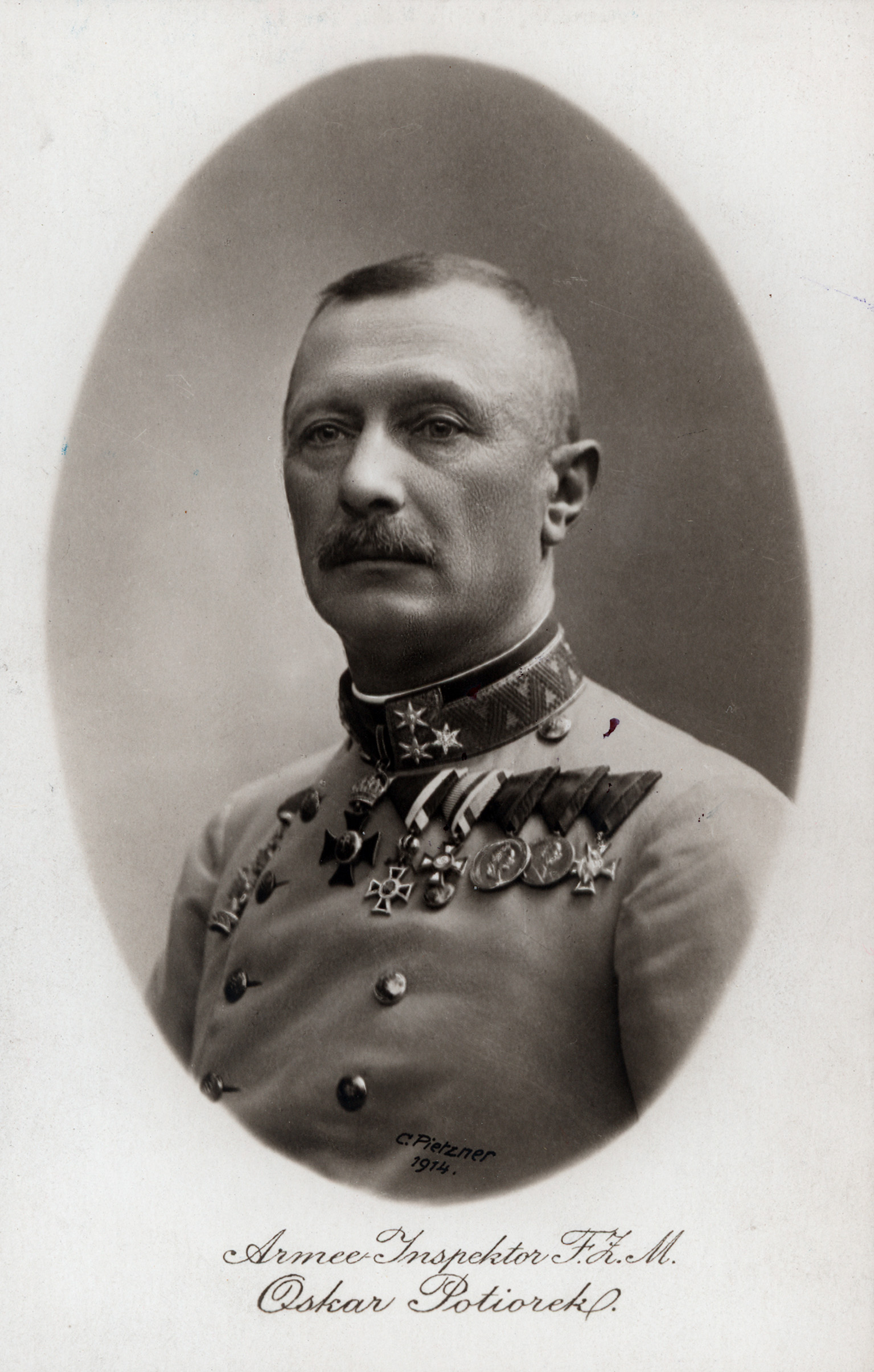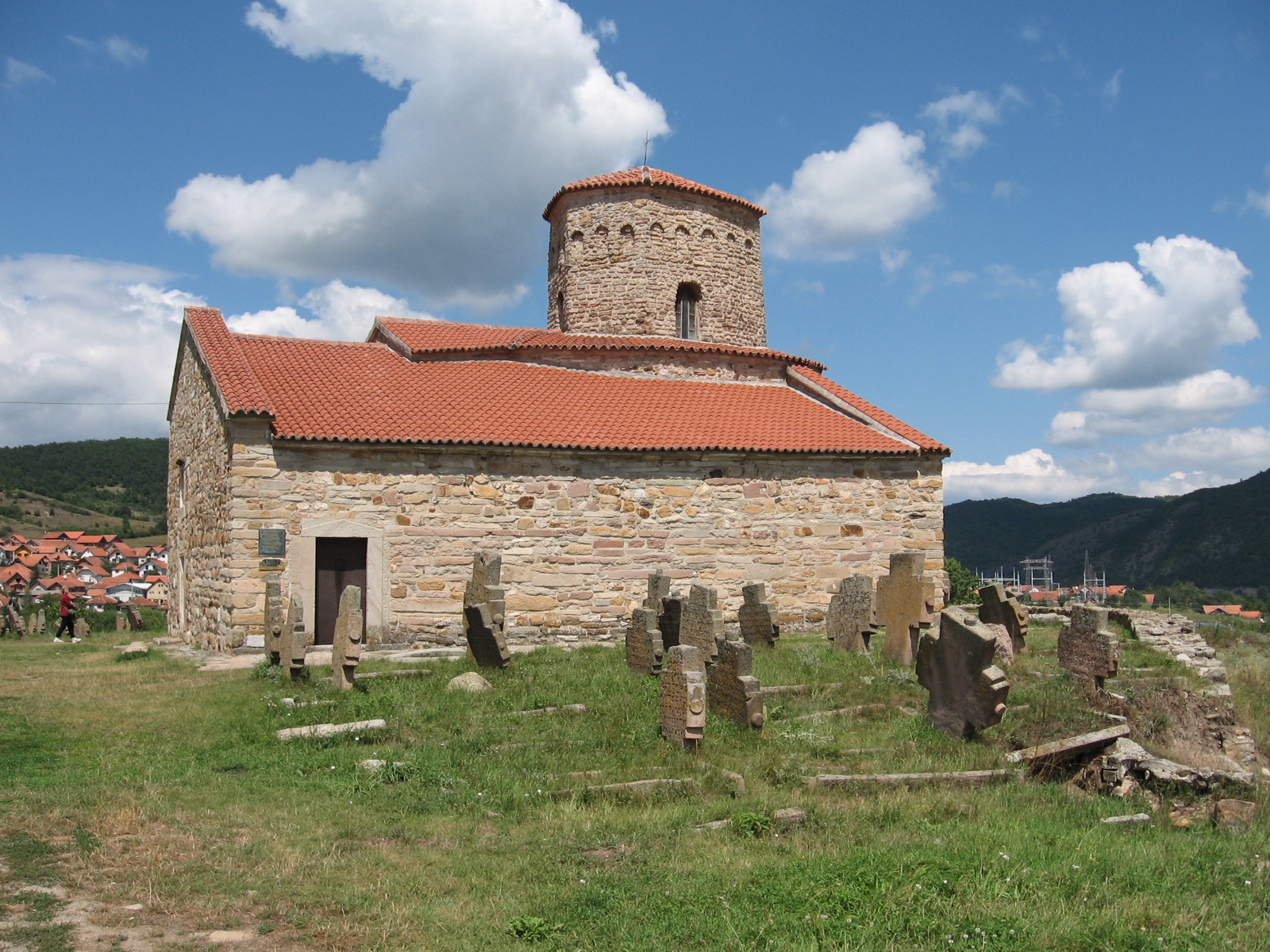|
Timeline Of Sarajevo
The following is a timeline of the history of the city of Sarajevo, Bosnia and Herzegovina. Prior to 15th century 15th–18th centuries * 1457 - Emperor's Mosque built. * 1463 - Settlements begin in Sarajevo. * 1521 - Gazi Husrev-beg becomes sanjak-bey of Ottoman Bosnian Sanjak. * 1530 - Gazi Husrev-beg Mosque built. * 1531 - Madrasah of Sarajevo established. * 1561 - Ali Pasha's Mosque built. * 1697 - City sacked by Austrian forces. * 1703 - Seat of Ottoman Bosnia Eyalet relocated from Sarajevo to Travnik. * 1730 - Serbian Orthodox church rebuilt. * 1739 - Fortress restored. * 1766 - Magribija rebuilt. * 1788 - Fire. * 1791 - November: Flood. * 1797 - Fire. * 1798 - Latin Bridge rebuilt. 19th century * 1813 - Plague. * 1850 - Seat of Ottoman Bosnia Eyalet relocated to Sarajevo from Travnik. * 1851 - Population: 21,102. * 1867 - City becomes capital of the Ottoman Bosnia Vilayet. * 1868 - Serb Orthodox Cathedral built. * 1869 - Orphanage founded. * 1878 - City beco ... [...More Info...] [...Related Items...] OR: [Wikipedia] [Google] [Baidu] |
:Category:City Timelines ...
-Timelines Regional timelines Historical timelines Urban planning cities A city is a human settlement of notable size.Goodall, B. (1987) ''The Penguin Dictionary of Human Geography''. London: Penguin.Kuper, A. and Kuper, J., eds (1996) ''The Social Science Encyclopedia''. 2nd edition. London: Routledge. It can be def ... [...More Info...] [...Related Items...] OR: [Wikipedia] [Google] [Baidu] |
Serb Orthodox Cathedral (Sarajevo)
The Cathedral Church of the Nativity of the Theotokos ( sr, Саборна Црква Рођења Пресвете Богородице, Saborna Crkva Rođenja Presvete Bogorodice) is the largest Serbian Orthodox church in Sarajevo and one of the largest in the Balkans. The cathedral is dedicated to the nativity of the Theotokos. It was erected at the request of the Orthodox parish of Sarajevo, with construction taking place between 1863 and 1868. The church is constructed as a three-section basilica inscribed in a cross-shaped plan, and has five domes. The domes are built on the beams; the central one is much larger than the other four side domes. The church is arched by round elements. The small gilded baroque-style belfry is built in front of the entrance. The interior walls are decorated by painted ornaments. In the lower zones of the walls the painted ornaments are simulating the marble stone construction look. Arches and vaults are decorated in ornaments only. In 1898, the ... [...More Info...] [...Related Items...] OR: [Wikipedia] [Google] [Baidu] |
Drina Banovina
The Drina Banovina or Drina Banate ( sh-Latn-Cyrl, separator=" / ", Drinska banovina, Дринска бановина), was a province ( banovina) of the Kingdom of Yugoslavia between 1929 and 1941. Its capital was Sarajevo and it included portions of present-day Bosnia and Herzegovina and Serbia. It was named after the Drina River and, like all Yugoslav banovinas, was intentionally not based on ethnic boundaries. As a result of the creation of the Banovina of Croatia in 1939, its territory was reduced considerably. Borders According to the 1931 Constitution of the Kingdom of Yugoslavia, Demographics According to the Yugoslav census of 1931, the Drina banovina had a population of 1,534,739 and a population density of 55.1 people per square kilometre. The census also says that Drina banovina had a high agricultural population, with an agricultural population of 91.3 people per square kilometre. This was the second highest agricultural population density in the country be ... [...More Info...] [...Related Items...] OR: [Wikipedia] [Google] [Baidu] |
Sarajevo Philharmonic Orchestra
The Sarajevo Philharmonic Orchestra ( Bosnian, Croatian and Serbian: ''Sarajevska filharmonija'' / Сарајевска филхармонија) is an orchestra in Sarajevo. March 2010 Its first concert was performed on October 24, 1923, with the program being Lisinski's Overture from the opera '' Porin''; |
Kingdom Of Yugoslavia
The Kingdom of Yugoslavia ( sh-Latn-Cyrl, separator=" / ", Kraljevina Jugoslavija, Краљевина Југославија; sl, Kraljevina Jugoslavija) was a state in Southeast and Central Europe that existed from 1918 until 1941. From 1918 to 1929, it was officially called the Kingdom of Serbs, Croats and Slovenes ( sh-Latn-Cyrl, separator=" / ", Kraljevina Srba, Hrvata i Slovenaca, Краљевина Срба, Хрвата и Словенаца; sl, Kraljevina Srbov, Hrvatov in Slovencev), but the term "Yugoslavia" (literally "Land of South Slavs") was its colloquial name due to its origins."Kraljevina Jugoslavija! Novi naziv naše države. No, mi smo itak med seboj vedno dejali Jugoslavija, četudi je bilo na vseh uradnih listih Kraljevina Srbov, Hrvatov in Slovencev. In tudi drugi narodi, kakor Nemci in Francozi, so pisali že prej v svojih listih mnogo o Jugoslaviji. 3. oktobra, ko je kralj Aleksander podpisal "Zakon o nazivu in razdelitvi kraljevine na upravna območj ... [...More Info...] [...Related Items...] OR: [Wikipedia] [Google] [Baidu] |
Anti-Serb Pogrom In Sarajevo
The anti-Serb riots in Sarajevo consisted of large-scale anti-Serb violence in Sarajevo on 28 and 29 June 1914 following the assassination of Archduke Franz Ferdinand. Encouraged by the Austro-Hungarian government, the violent demonstrations assumed the characteristics of a pogrom, leading to ethnic divisions unprecedented in the city's history. Two Serbs were killed on the first day of the demonstrations, and many were attacked, while numerous houses, shops and institutions owned by Serbs were razed or pillaged. Background In the aftermath of the assassination of Archduke Franz Ferdinand by nineteen-year-old Bosnian Serb student Gavrilo Princip, anti-Serb sentiment ran high throughout Austria-Hungary, resulting in violence against Serbs. On the night of the assassination, country-wide anti-Serb riots and demonstrations organized in other parts of the Austro-Hungarian Empire took place, particularly on the territory of modern-day Bosnia and Herzegovina and Croatia. As Princip's c ... [...More Info...] [...Related Items...] OR: [Wikipedia] [Google] [Baidu] |
Assassination Of Archduke Franz Ferdinand Of Austria
Archduke Franz Ferdinand of Austria, heir presumptive to the Austro-Hungarian throne, and his wife, Sophie, Duchess of Hohenberg, were assassinated on 28 June 1914 by Bosnian Serb student Gavrilo Princip. They were shot at close range while being driven through Sarajevo, the provincial capital of Bosnia-Herzegovina, formally annexed by Austria-Hungary in 1908. Princip was part of a group of six Bosnian assassins together with Muhamed Mehmedbašić, Vaso Čubrilović, Nedeljko Čabrinović, Cvjetko Popović and Trifko Grabež coordinated by Danilo Ilić; all but one were Bosnian Serbs and members of a student revolutionary group that later became known as Young Bosnia. The political objective of the assassination was to free Bosnia and Herzegovina of Austria-Hungarian rule and establish a common South Slav (" Yugoslav") state. The assassination precipitated the July Crisis which led to Austria-Hungary declaring war on Serbia and the start of World War I. The assa ... [...More Info...] [...Related Items...] OR: [Wikipedia] [Google] [Baidu] |
Novibazar
Novi Pazar ( sr-cyr, Нови Пазар, lit. "New Bazaar"; ) is a city located in the Raška District of southwestern Serbia. As of the 2011 census, the urban area has 66,527 inhabitants, while the city administrative area has 100,410 inhabitants. The city is the cultural center of the Bosniaks in Serbia and the region of Sandžak. A multicultural area of Muslims and Orthodox Christians, many monuments of both religions, like the Altun-Alem Mosque and the Church of the Holy Apostles Peter and Paul, are found in the region which has a total of 30 protected monuments of culture. Name During the 14th century under the old Serbian fortress of Stari Ras, an important market-place named ''Trgovište'' started to develop. By the middle of the 15th century, in the time of the final Ottoman Empire conquest of Old Serbia, another market-place was developing some 11 km to the east. The older place became known as ''Staro Trgovište'' (Old Trgovište, tr, Eski Pazar) and the youn ... [...More Info...] [...Related Items...] OR: [Wikipedia] [Google] [Baidu] |
Sarajevo Synagogue
Sarajevo Synagogue ( Bosnian: ''Sinagoga u Sarajevu'' / Синагога у Сарајеву) is Sarajevo's primary and largest synagogue and is located on the south bank of the river Miljacka. It was constructed in 1902 and remains the only functioning synagogue in Sarajevo today. History A Sephardi synagogue (also known as ''Sijavuš-pašina daira'' or ''Velika Avlija'') is known to have been built in 1581 with the donation of Turkish Beylerbey Sijamush Pasha to help members of the Jewish community in Sarajevo who were poor. By the end of the 16th century, the space encompassing ''Velika Avlija'' was turned into the first synagogue. The building burned down in both 1679 and 1778, and was rebuilt each time. It now serves as a Jewish museum. Next door is the New Synagogue (''Novi Hram'') serving as an art gallery owned by the Jewish community of Sarajevo. Ashkenazi Jews arrived in Sarajevo during the Austro-Hungarian Empire in the late 19th century. The Sarajevo Ashkenazi sy ... [...More Info...] [...Related Items...] OR: [Wikipedia] [Google] [Baidu] |
Sarajevo Haggadah
The Sarajevo Haggadah is an illuminated manuscript that contains the illustrated traditional text of the Passover Haggadah which accompanies the Passover Seder._It_is_one_of_the_oldest_Sephardi_Jews.html" "title="isan in the Hebrew .... It is one of the oldest Sephardi Jews">Sephardic Haggadahs in the world, originating in Barcelona around 1350. The Haggadah is owned by the National Museum of Bosnia and Herzegovina in Sarajevo. Its monetary value is undetermined, but a museum in Spain required that it be insured for $7 million before it could be transported to an exhibition there in 1992. The Sarajevo Haggadah is handwritten on bleached calfskin and illuminated in copper and gold. It opens with 34 pages of illustrations of key scenes in the Bible from creation through the death of Moses. Its pages are stained with wine, evidence that it was used at many Passover Seders. The Sarajevo Haggadah was submitted by Bosnia and Herzegovina for inclusion in UNESCO's Memory of the World ... [...More Info...] [...Related Items...] OR: [Wikipedia] [Google] [Baidu] |
Sephardi Jews
Sephardic (or Sephardi) Jews (, ; lad, Djudíos Sefardíes), also ''Sepharadim'' , Modern Hebrew: ''Sfaradim'', Tiberian: Səp̄āraddîm, also , ''Ye'hude Sepharad'', lit. "The Jews of Spain", es, Judíos sefardíes (or ), pt, Judeus sefarditas or Hispanic Jews, are a Jewish diaspora population associated with the Iberian Peninsula. The term, which is derived from the Hebrew ''Sepharad'' (), can also refer to the Mizrahi Jews of Western Asia and North Africa, who were also influenced by Sephardic law and customs. Many Iberian Jewish exiles also later sought refuge in Mizrahi Jewish communities, resulting in integration with those communities. The Jewish communities of the Iberian Peninsula prospered for centuries under the Muslim reign of Al-Andalus following the Umayyad conquest of Hispania, but their fortunes began to decline with the Christian ''Reconquista'' campaign to retake Spain. In 1492, the Alhambra Decree by the Catholic Monarchs of Spain called for the exp ... [...More Info...] [...Related Items...] OR: [Wikipedia] [Google] [Baidu] |




.jpg)

